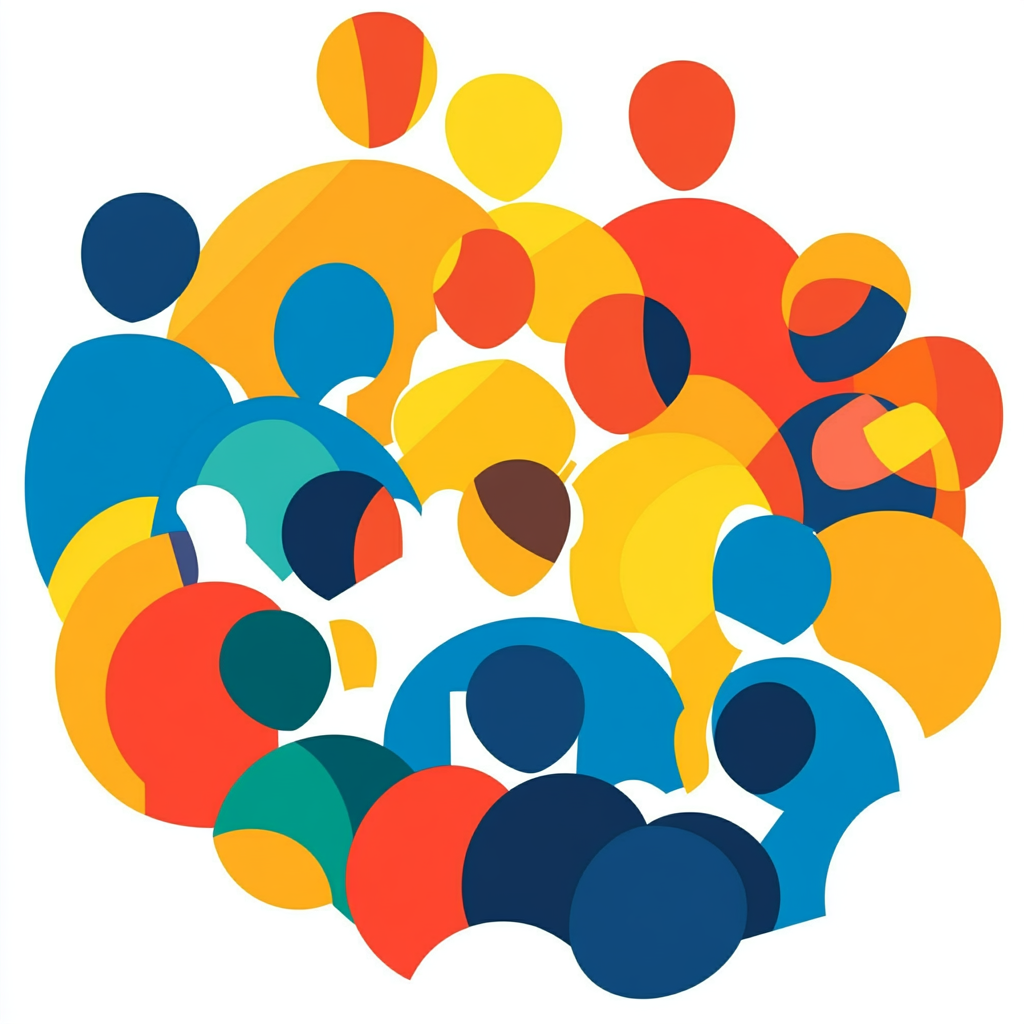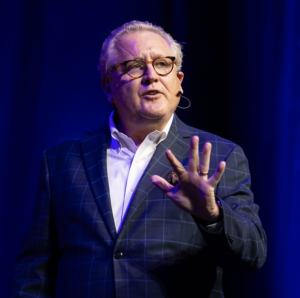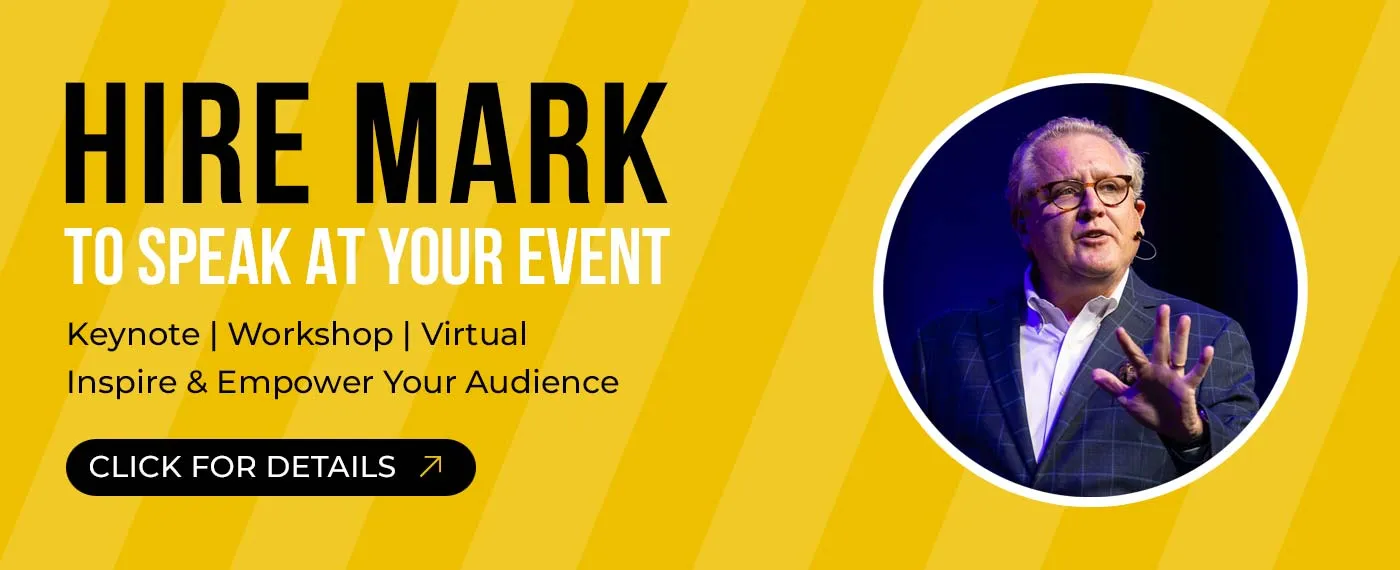
I’ve had the honor of working with some mega brands on their community strategies. There’s a growing recognition that this is where the real conversations, collaborations, and insights are taking place (and it’s out of reach of social listening platforms). But how does a brand get involved in consumer communities?
Many brands — big and small — have built their own consumer communities. Look to Nike, IKEA, and Lego as best examples. Sephora operates 2,700 brick-and-mortar stores, yet 80% of its revenue derives from its online community of 6 million fans. That’s not just a community – that’s an economic force of nature.
Here’s the wake-up call: Your customers are already having conversations about your brand. On Reddit. In Discord channels. Through Slack communities. The only question is: Are you part of that conversation or the awkward outsider looking in through the window?
Even if you don’t build your own community, it makes sense to have some presence in hotbeds of consumer insight. Let’s talk about how to do that today.
Community versus audience
Let’s start with an important point. An audience is not a community.
I wrote the bestselling book about why brand communities are the future of marketing (Belonging to the Brand), and one of the most important ideas is understanding the difference between an audience and a community. For example, I hear many people describe their “blog community” or “Instagram community,” but those are not communities. Those are audiences. There’s nothing wrong with that, but it’s not a community.
An audience is one-way. If I blog, I have an audience. If I go away, I don’t. But a collective of people sustains a community and this has important implications for brand marketing.
Here are the three differences between an audience and a community:
COMMUNION
In a community, there is communion — people know each other, like a neighborhood. Members of an audience don’t know each other. This is a critical difference because the goodwill and friendship that occurs in a community spill over into the love for the sponsoring brand. Customer communities represent the highest level of emotional brand connection. If customers are emotionally invested in a community, they literally belong to the brand.
PURPOSE
Something must drive a customer to your community — a unifying purpose. What are your customers yearning to do? Learn something? Change the world? Create, connect, or collaborate? The best communities occur when the brand and the customers share a common purpose. A community thrives when a company realizes that it can have a bigger impact when the customers come along to help.
A well-known example is Patagonia. What is its purpose? Responsible outdoor recreation. Patagonia’s customers are also devoted to this purpose, creating an ideal opportunity for community.
CONTROL
A company controls its mission, a marketing plan, an ad campaign. But community members drive the direction of the community, at least to some extent. This might sound scary, but wouldn’t it be amazing to have your customers help drive your future based on their wants, hopes and dreams? Access to this first party information is golden for any brand.
The biggest hurdles
Why isn’t every brand participating in brand communities? I consistently hear these obstacles:
Scale — Brands are accustomed to an advertising strategy that can generate millions of impressions. Even a community with 50,000 members doesn’t meet their expectations for vast reach.
Personal involvement — How does a “brand” show up in a community? It doesn’t. A “person” shows up in a community. Real people have to create real connections and relationships. This is a new dimension of customer intimacy that seems intimidating for marketers who are comfortable in cubicle land. There’s no effective way to automate interactions in a community. Somebody has to show up.
Outsourcing — Even when companies buy into a community strategy, they struggle to figure out how to delegate this to an ad agency partner. After all, throughout marketing history, the ad agency usually does the heavy lifting. How does an agency represent the brand in a customer community? It might be possible, but I think that would be unusual. I’m not sure a brand should out-source community relationships.
Measurement –Brands need to understand that these communities aren’t just marketing channels – they’re genuine spaces where people share experiences, advice, and support. If you come into a community trying to reach quarterly sales objectives, you’ll fail in a spectacular way.
For these reasons, brand communities could be a more likely strategy for small- and medium-sized companies with a culture geared to patient, human participation in customer communities.
Connecting to a community
So here’s the million-dollar question: How do brands respectfully enter these spaces?
I’ve reached out to community leaders and asked them, “How could a brand add value to your community?” Several themes emerged:
- Show that you really understand us, and not just selling stuff. Spend time observing the community’s conversations, pain points, and values before jumping in.
- Show us relevant new products and how to use them. Pay attention to our pain points.
- Provide educational content. Teach us something new.
- Actively participate in community conversations. Be transparent about who you are.
- Offer exclusive access to executives, designers, marketers, and others who can help us grow.
- Every community needs content. Is there content that can spark conversations in our community?
- Offer to help organize community events or challenges.
- Amplify community members’ voices and expertise, not just your own
- Help us have fun. Can you sponsor contests, quizzes, and games?
In addition to direct involvement, here are three ideas for indirect involvement that might fit the culture of larger brands:
- Many community founders have a blog, podcast, or YouTube channel. Sponsoring their content can be an indirect way to access their communities.
- Most large communities have offline events. Could the brand sponsor those activities to gain access to the community?
- Could you create an event adjacent to a community? For example, fast-food restaurant Jack In The Box hosted an online late-night party on Discord during Comicon with live music, contests, and food giveaways.
The future
We all live in a world longing to belong. We don’t just want community. We need community to function as healthy humans. A brand community might be the only marketing tactic customers actually embrace.
I’m often asked if any brand can have a community and I don’t know the answer, but I take a clue from Yeti. This is a juggernaut of a brand that began with an ice cooler. They didn’t create this success with advertising. They relied almost entirely on community. In fact, Yeti hosts 12 different communities ranging from skiers to rodeo fans. If a cooler can create a cultural movement, what’s your excuse?
Connecting through communities isn’t just brand marketing; it’s brand anthropology. Your social listening platforms are just scratching the surface. The real gold — the authentic discussions, the brutal honesty, the passionate advocacy — that’s happening in communities you can’t track with a dashboard.
We need to connect to the world in new ways to keep our brands relevant. That means patiently learning about our consumer communities and showing up in a meaningful way.
 Need a keynote speaker about brand communities? Mark Schaefer is the most trusted voice in marketing. Your conference guests will buzz about his insights long after your event! Mark is the author of some of the world’s bestselling marketing books, a college educator, and an advisor to many of the world’s largest brands. Contact Mark to have him bring a fun, meaningful, and memorable presentation to your company event or conference.
Need a keynote speaker about brand communities? Mark Schaefer is the most trusted voice in marketing. Your conference guests will buzz about his insights long after your event! Mark is the author of some of the world’s bestselling marketing books, a college educator, and an advisor to many of the world’s largest brands. Contact Mark to have him bring a fun, meaningful, and memorable presentation to your company event or conference.
Follow Mark on Twitter, LinkedIn, YouTube, and Instagram
Illustration courtesy MidJourney


